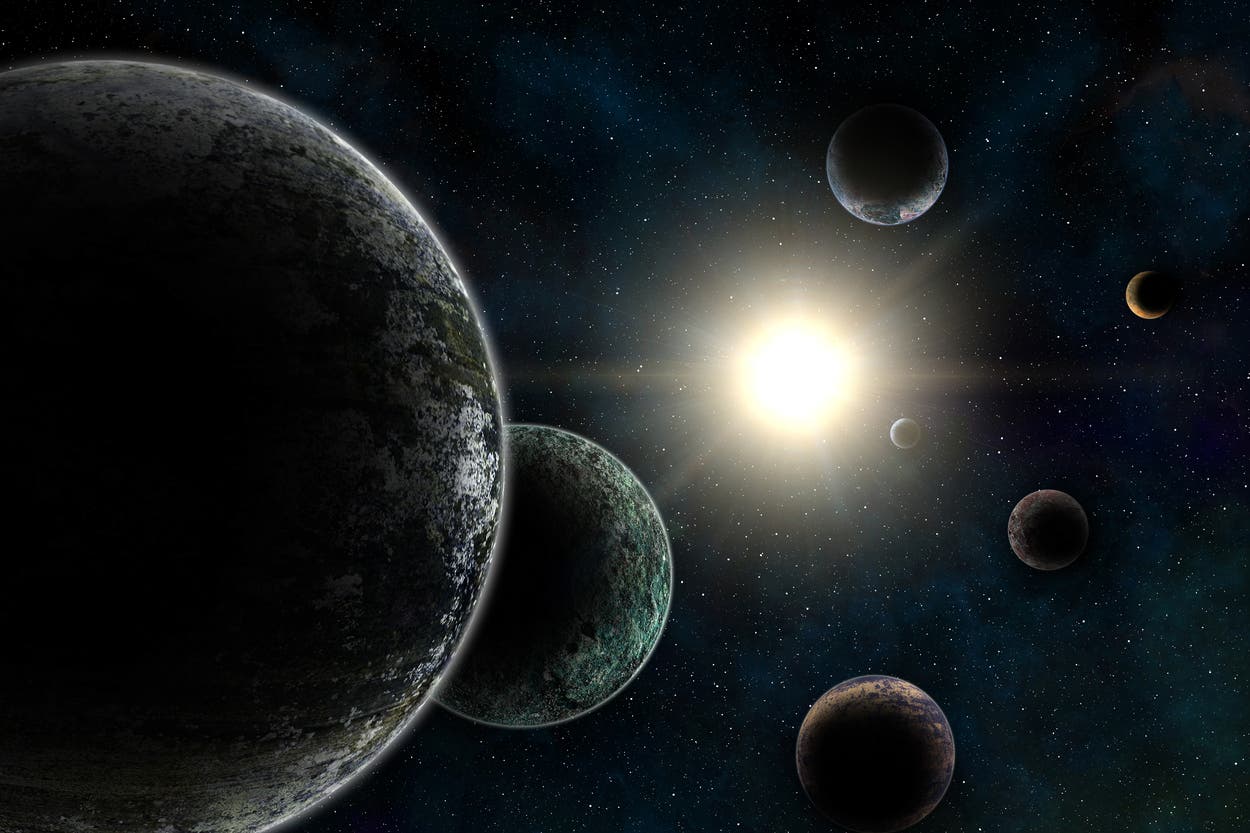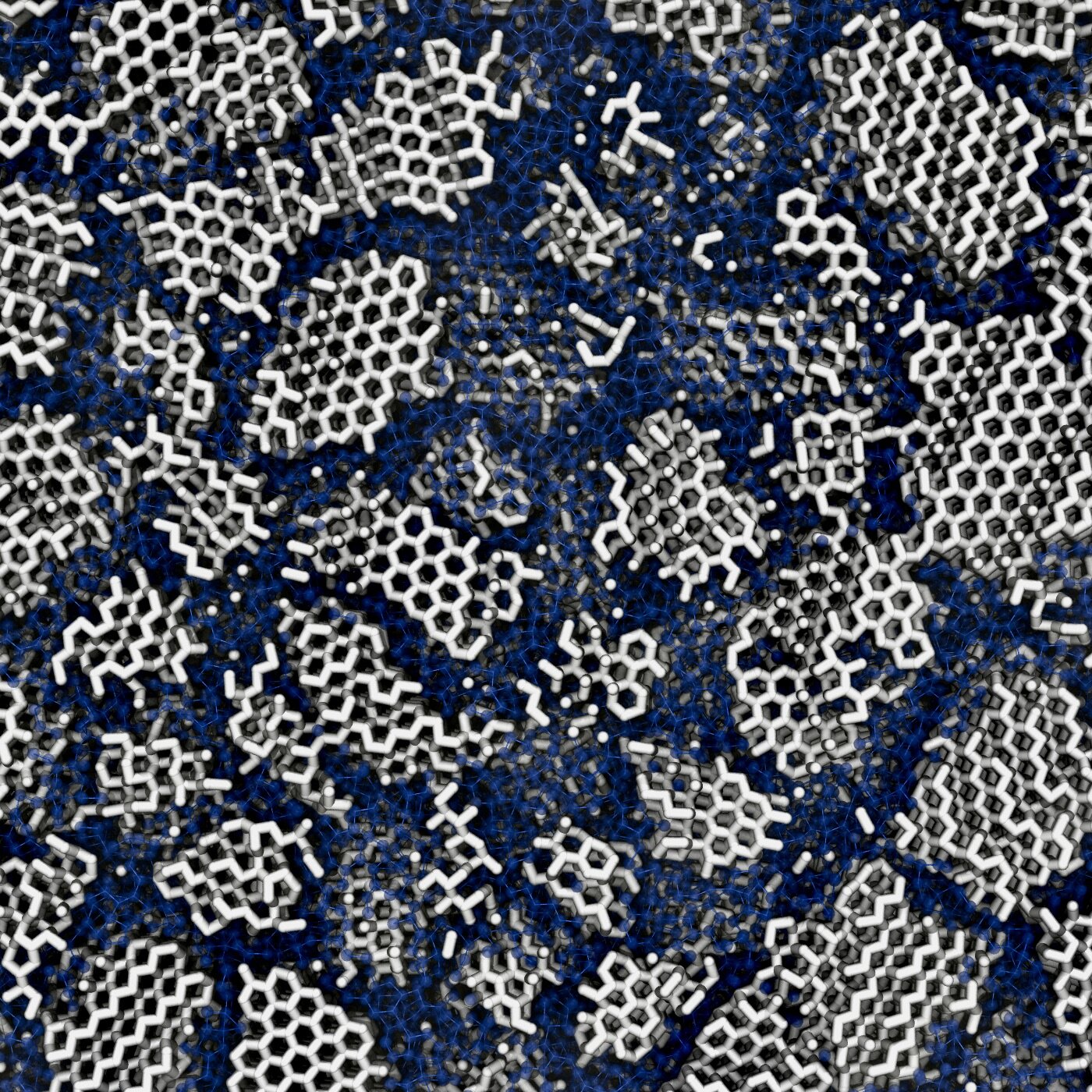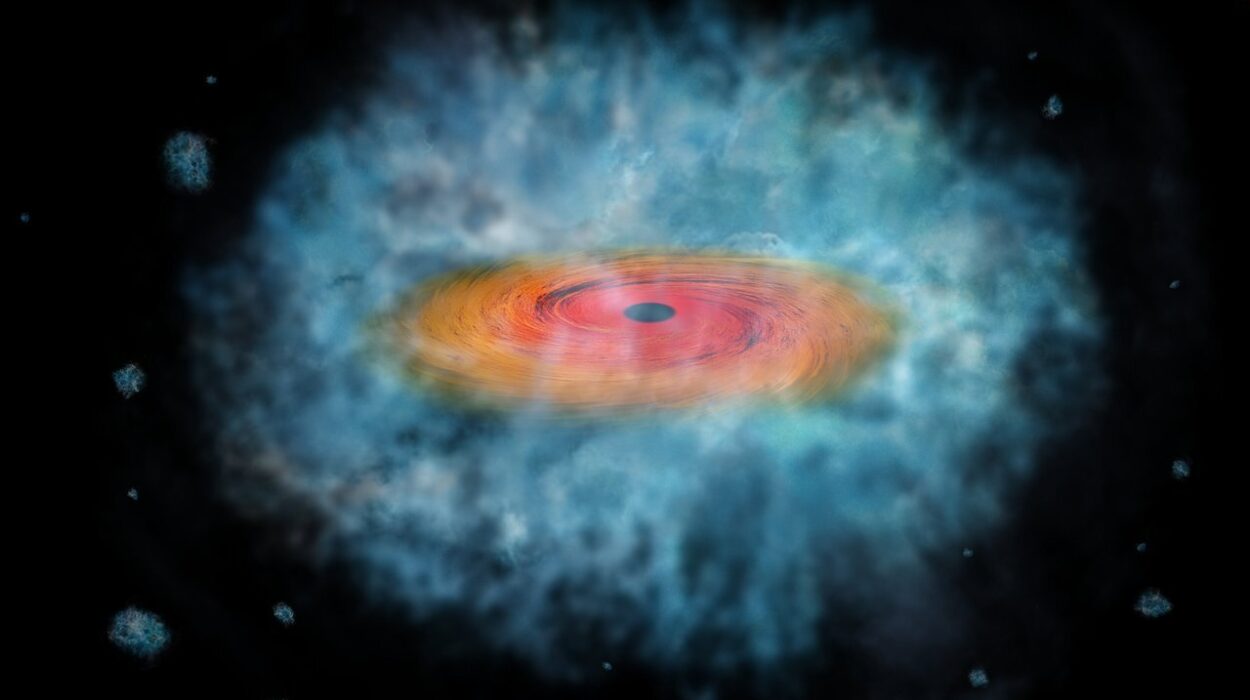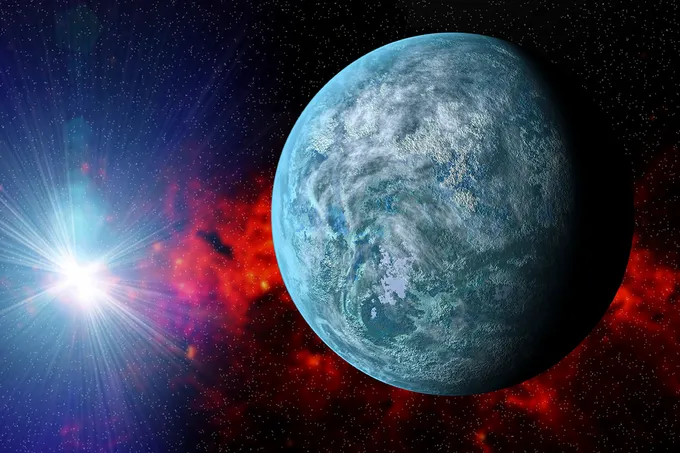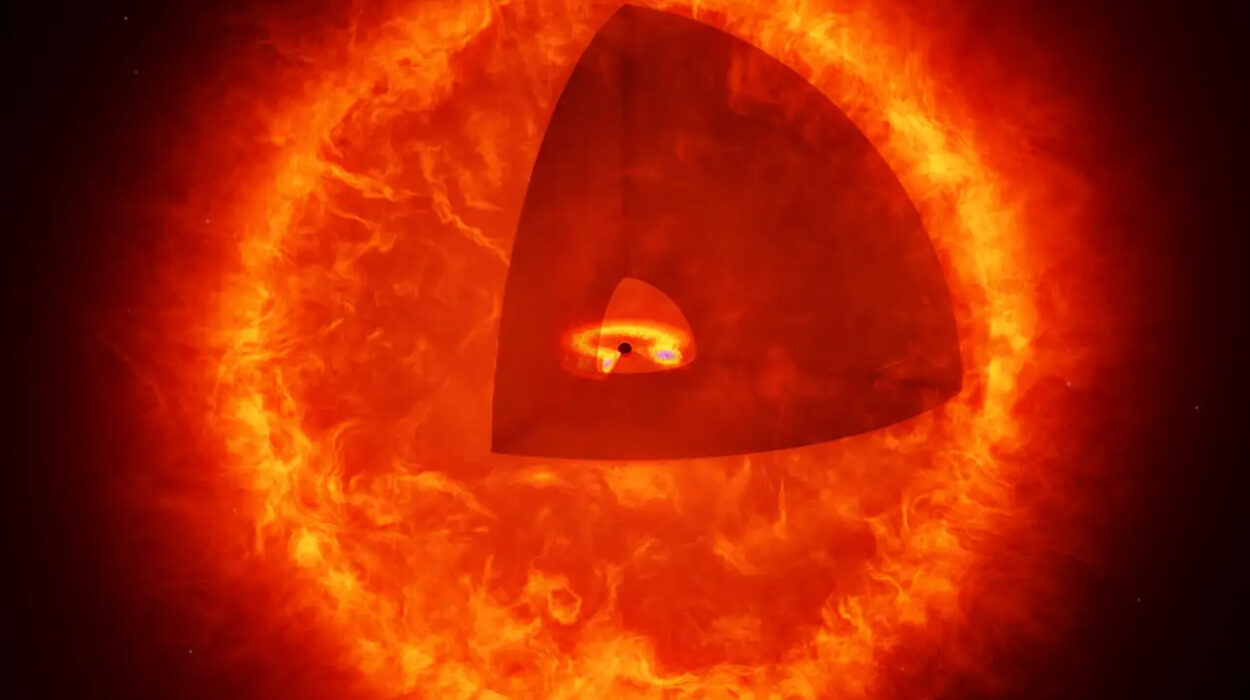Water—H2O—is the lifeblood of life as we know it. Every cell in our body, every plant that grows, and every animal that roams this Earth depends on water to survive. The human body, for example, is composed of roughly 60% water, and every metabolic process in our cells relies on water. Life on Earth would simply not exist without it. But this raises an intriguing question: Could life exist without water? Is water an essential ingredient for life, or could other substances serve the same function in alternate forms of life?
As scientists extend the boundaries of our knowledge, exploring other planets, moons, and the farthest reaches of the galaxy, they ask themselves this very question. Could we find life on planets where liquid water is absent or scarce? Could life emerge on alien worlds with different solvents and environments? Is water truly irreplaceable, or is it simply one of many possible ingredients for the recipe of life?
In this article, we will delve into the science, theory, and speculation surrounding this fascinating question. We will explore how water functions as the foundation for life on Earth, examine alternative possibilities for life in different environments, and consider the broader implications of life existing without water. We will also look at the cutting-edge research being conducted in astrobiology and the hunt for life beyond Earth.
Why Is Water Crucial for Life on Earth?
Before we venture into the hypothetical realm of life without water, we first need to understand why water is so essential to life on Earth.
Water is a unique substance, remarkable in its physical and chemical properties. Here are a few reasons why it is indispensable to life:
Universal Solvent
Water is known as the universal solvent because it can dissolve more substances than any other liquid. This property is crucial for the chemical reactions that occur inside living organisms. Water molecules can dissolve salts, sugars, acids, gases, and many other vital compounds necessary for life. These dissolved substances, known as solutes, are transported throughout the body, allowing for nutrient distribution, waste removal, and cell communication.
In the human body, water carries oxygen and nutrients to cells, removes waste products, and helps regulate temperature. Without this solvent capacity, life as we know it could not function.
Temperature Regulation
Water has an unusually high specific heat capacity, meaning it can absorb a lot of heat without significantly changing temperature. This helps organisms regulate their internal temperatures. For example, the human body maintains a constant temperature of around 98.6°F (37°C) despite fluctuations in the surrounding environment. Without this property, living organisms would be subjected to extreme temperature variations, making life untenable in most environments.
Moreover, water’s latent heat of vaporization allows for the cooling of organisms through processes like sweating, providing another layer of protection against overheating.
Chemical Reactions
In the world of biochemistry, water is involved in virtually every essential reaction. Many of the reactions that sustain life—such as photosynthesis, respiration, and digestion—cannot take place without water. Water molecules participate directly in hydrolysis reactions, where water molecules break down complex molecules into simpler ones, releasing energy.
For example, during the process of digestion, water helps break down food molecules, facilitating the absorption of nutrients. Without water, these critical processes would be halted, and life would cease.
Structural Support
Water provides structural support to cells through turgor pressure. Inside every cell, water fills the cell’s vacuole, creating internal pressure that helps maintain cell shape. This is especially important for plants, which rely on turgor pressure to stay upright. The absence of water would result in wilting or even collapse of plant cells.
Transport Medium
Water is also vital as a transport medium. In multicellular organisms like humans, blood—mostly composed of water—functions as the primary transport vehicle for oxygen, nutrients, and hormones. It also helps carry waste products like carbon dioxide to be exhaled and urea to be excreted through the kidneys.
Clearly, water is fundamental to life on Earth. But what happens if we consider an environment where water is absent or difficult to find? Is there any possibility that life could exist in such conditions?
Could Life Exist Without Water?
While it is difficult to imagine life without water, scientists are beginning to consider the possibility that life elsewhere in the universe might not follow the same rules as life on Earth. If life can thrive in the harshest conditions on Earth, could life also exist in environments where water is either scarce or completely absent? To explore this question, we need to examine the idea of “life as we don’t know it.”
Silicon-Based Life: The Search for Alternatives
For centuries, science fiction has speculated about the possibility of silicon-based life. Silicon is in the same group of elements as carbon, and it shares many similar chemical properties. In theory, silicon could form complex molecules much like carbon does, allowing it to act as the backbone for living organisms.
Silicon also has a higher tolerance for heat than carbon, making it a potential candidate for life in extremely hot environments, such as near volcanoes or on planets with much higher temperatures than Earth. However, there are challenges. While carbon readily forms stable bonds with many elements, silicon’s bonds tend to be weaker and less versatile, which may make silicon-based lifeforms more rigid and less adaptable than carbon-based life.
Additionally, silicon does not form the wide variety of complex molecules needed for life in the same way carbon does. The chemistry of silicon-based life might look very different from the organic life we know, and it might rely on other solvents rather than water—perhaps something like liquid methane or ammonia.
Scientists are still exploring this idea, and experiments in synthetic biology continue to investigate the possibility of creating lifeforms based on alternative biochemistries. While silicon-based life is speculative at this point, it remains one of the leading candidates for life forms that could exist in environments devoid of water.
Ammonia: A Possible Water Substitute?
While water is Earth’s go-to solvent, it is not the only liquid that can support life. One candidate is ammonia (NH₃). Ammonia has many of the same properties as water, such as being a solvent and participating in chemical reactions. In fact, ammonia is already involved in the biochemistry of life in small ways—for example, in the synthesis of proteins and nucleic acids.
Ammonia could theoretically serve as a solvent in lifeforms that exist in environments far colder than Earth’s. For instance, the surface temperature of Titan, Saturn’s largest moon, is around -290°F (-179°C)—far too cold for liquid water to exist. However, ammonia, which freezes at much lower temperatures, could remain liquid and act as a solvent for life at these temperatures.
In Titan’s thick atmosphere, where ammonia and methane are abundant, scientists believe that life could potentially exist in liquid methane or ammonia-based ecosystems. However, there are significant challenges to this hypothesis. Ammonia is less effective as a solvent than water, and life that uses ammonia would likely require adaptations to compensate for its lower reactivity and solubility.
Life in Extreme Conditions: Surviving Without Water
Earth is home to some of the most extreme environments on the planet—places where organisms live in conditions we once thought were inhospitable to life. These extremophiles have adapted to survive without the need for large amounts of water, or in conditions where water is either extremely scarce or difficult to access.
Life in Dry Environments
Some microorganisms, like desert bacteria, can survive in arid environments by entering a state of dormancy during dry periods. These microbes can remain dormant for decades, perhaps longer, waiting for water to return. In this dormant state, they can survive without any active water for much of their life cycle.
Similarly, tardigrades (or water bears) are microscopic animals known for their ability to survive extreme dehydration. They can endure exposure to the vacuum of space, extreme radiation, and high temperatures. By entering a state called cryptobiosis, tardigrades can effectively shut down their metabolism, enabling them to survive in conditions where water is unavailable.
Life in the Clouds
In some of the most inhospitable environments on Earth, life has found a way to thrive. Cloud bacteria can be found in the upper layers of the atmosphere, where water is present in the form of tiny droplets, but these droplets are dispersed and extremely small. The bacteria can survive by absorbing the water vapor in the air, and they are even thought to play a role in cloud formation.
This adaptation suggests that life could exist in environments where liquid water is scarce, as long as water vapor is available. Life could potentially survive in other planetary atmospheres, such as those of Venus or Mars, where water exists in trace amounts or in vapor form, but life would need to adapt to take advantage of these limited resources.
The Search for Life Without Water: The Search for Habitable Worlds
The search for life beyond Earth is often framed within the context of finding planets or moons with liquid water. This focus on water is natural, given its importance to life on Earth. However, as we consider the possibility of life without water, our search for habitable worlds may need to broaden.
When astronomers look for exoplanets that might support life, they focus on planets within the habitable zone—the region around a star where liquid water can exist. But this search is evolving. Scientists are considering other planets and moons that may not have liquid water on their surfaces but could still harbor life in extreme forms. For instance, moons like Titan and Enceladus in our own solar system are considered potential candidates for life, despite the fact that their environments are vastly different from Earth’s.
The discovery of extremophiles on Earth has expanded our understanding of where life might exist. Life may be able to survive in a range of environments once thought to be impossible for biological organisms. From frozen ice-covered moons to methane seas on distant planets, life may adapt in ways we cannot yet predict.
Conclusion: Life in All Its Forms
As our understanding of biology deepens, we realize that life is not one thing. It is a range of possibilities, each dependent on its environment. On Earth, water is essential because of its unique properties, but other environments may offer other solvents, chemicals, and energy sources that could support life. Silicon, ammonia, and even methane may all serve as potential alternatives to water as solvents for life.
The hunt for life beyond Earth is not simply the search for water, but the search for life in all its forms. As we look beyond our planet, we may find that life exists in ways we have never imagined—life that thrives without water, adapted to the conditions of its home world.
Could life exist without water? The answer is still unknown, but the more we learn, the more we realize that life is far more flexible, diverse, and resilient than we once thought.
